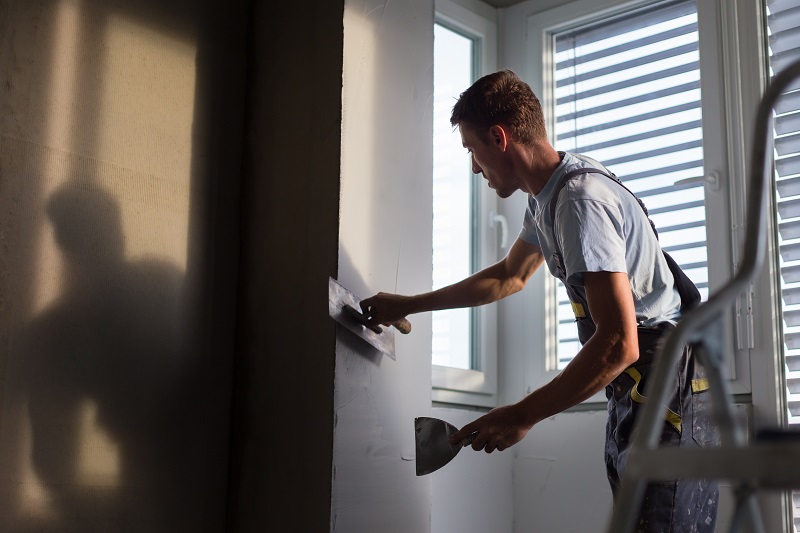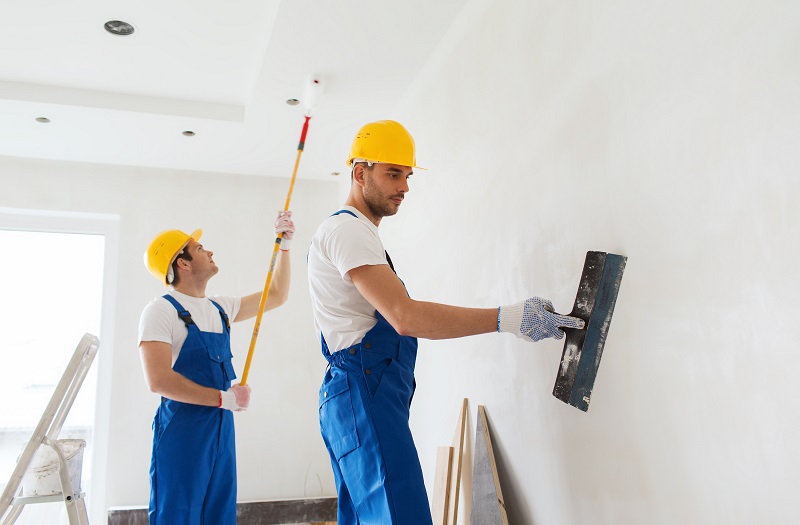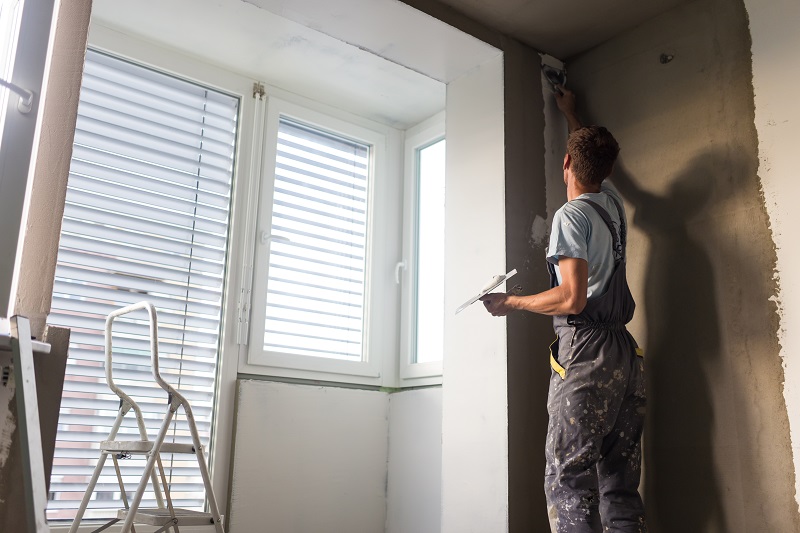Plastering is basically the process of covering the rough surfaces with a thin coat of mortars to make it a smoother one. It is applied to walls, ceilings columns and other structures of a building. This mortar coating is commonly referred to as plaster. There are other uses and advantages of using plaster as well.

These lesser-known benefits are as follows:
- It protects the exposed surface from rainwater penetration and other adverse weather conditions and keeps the core solid.
- It makes the surface smooth and thus does not allow dust to pass through and accumulate under the coating.
- It provides great protection to the surface against vermin.
- It enhances or accentuates the decorative effect of the surface and makes the colors even brighter and smoother.
- Plaster is used to conceal inferior quality materials used in building it and for concealing faulty workmanship.

There are few things that signify good plaster and they are as follows:
- It should be able to keep the moisture penetration at a check.
- It should be extremely durable and tough.
- It should blend in with the background and should remain the same way irrespective of the changing weather conditions.
- It should be inexpensive.
Various things To Do and Remember Before Plastering

There are certain things that you need to ensure before you start plastering. Some of the more important things to do are as follows:
- Wall Making: First and foremost, the wall-making needs to be attended to and completed. If it is a new house then make sure that the wall making is complete. However, if it is an old one and you are repairing it then make sure that they are properly made and repaired before you start plastering. If the wall making process is left incomplete then you will get an inferior quality finish on the bricks of your wall.
- Door Frame Fixing: A lot of people tend to forget about this little detail and later it turns out to be quite bothersome. This is because the plastering on walls is done keeping it aligned with the door frame. So, if the wooden door frames are not fixed, then the plastering might go wrong and the alignment might not look very convincing either. So, make sure that the wooden door frames are fixed before you start plastering your walls.
- Pour Concrete Between the Door Frame and the Wall: Once the frame has been fixed, you need to pour concrete and cement mixture into the gap that appears between the fixed door frame and the wall. This needs to be done before plastering. If that is not done, then the plastering will fill up the void and the wall will remain fragile. It will start cracking and the plastering will not stay at a place for a longer time. That is why, to ensure efficient plastering, you must first fill the gap with cement concrete mixture.
How To Know The Quality Of Plastering?
There are certain things that denote inferior quality plastering. Make sure that the following do not happen to you:
- Blistering: This is a very common phenomenon in the case of inferior quality plastering. The plaster tends to swell out of the normal plaster surface.
- Cracking: For a number of different reasons, cracks may start to appear on the plastering if it is not done properly or with good quality mortar.
- Flaking: If your plasterer does not ensure that the multiple coatings are done well then there are chances that your plastering will start flaking real soon.

This information serves as a basic guideline so that you know everything there is to know about plastering. That way, you will never have to settle for anything that is less than your money’s worth.

